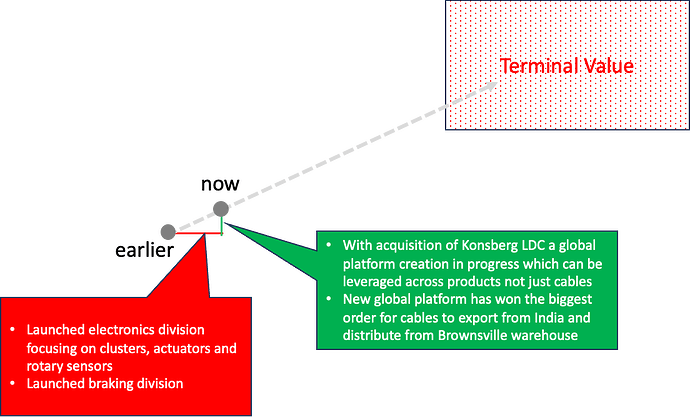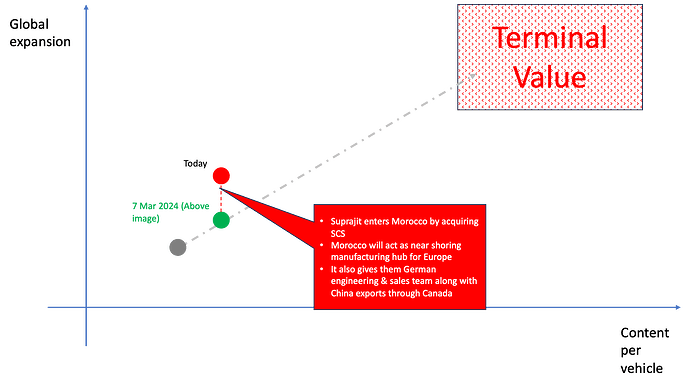Mutual Fund Portfolio Performance
I am in my 9th year of my mutual fund journey.
Current allocation - Axis: 57% , Bandhan (Erstwhile IDFC ) - 43%. SIPs are still running
Bandhan (Erstwhile IDFC) XIRR : 20.21%
AXIS XIRR : 15.14%
XIRR at Mutual Fund portfolio level - 17.31% which is around 170 bps below my expectation mainly because of Axis recent underperformance
Update on Axis fund house strategy under new leadership
Having observed new management for over a year now, I think I am in a position to write update on Axis MF strategy and smartly I have chosen this period to write the post because Axis’ performance has improved across all the schemes ( though it is too early). That’s why I can subtly flaunt ( note - “subtly” ) maine bola tha and feel good about myself which I have been resisting to do all through this thread but i gave up to human desires
What changed with new management ?
- Core fund philosophy of existing funds will remain same which is “Relative” growth and quality
- Breadth has been improved across the funds especially : multi/flexi caps. Concentration in top 10 stocks has come down from 65-70% to 45-50%
- Fund house has increased coverage universe from 150 to 400
- The overlap between existing schemes have been reduced
- Fund house will employ multiple strategies now and not just focus on one philosophy. But important thing to note - all existing schemes will be run using same philosophy ( as mentioned in point 1 )
My Take -
I am relieved that the fund I invested in - Axis tax saver - will be run with the same philosophy. I am very gung ho about future of Axis’s philosophy. In my opinion - Axis has a very differentiated “thinking” which drives their fund philosophy. I am spending lot of time to understand their approach well.
Following is my updated analysis
Axis Philosophy - “Relative” Growth and Quality
As famously put by Rupesh Tatiya in his one of the many top rated valuepickr posts -
“In my limited experience, figuring out business quality & management quality over the years has become easier - one will roughly get it right. The part that remains hard is figuring out GROWTH & figuring out QUALITY of GROWTH”
In my opinion, being objective about 3-5 years GROWTH is where Axis excels and Saurabh Mukharjea falters. Some of the examples in recent times
- Axis prefers hospitals over diagnostic companies
- Axis prefers retail over fmcg/fmcd companies
- Axis prefers NBFCs over banks.
- Axis did not shy away to add US generic companies and mankind pharma along with their DIVIS position because former have better growth prospects due to reviving US generic cycle
- Axis preferred Tata motors and Mahindra over eicher
Apart from being good in objectively predicting growth another thing in which Axis excels is the bottom up stock picking beyond obvious names and holding on to it for very long term
Some of the examples in Axis ELSS tax saver
Torrent power - Holding since : Jun 2013
Info edge : Holding since May 2014
Astral : Holding since Dec 2013
Sundaram Finance : Holding since Mar 2013
Symphony : Holding since Sep 2011
And finally their strategy of relative quality and growth , they have manage to expand to not so ‘quality’ sectors which are capex beneficiaries. Some of the additions since 2020 are below
Cummins
Cg power
Tube investments
Shree cement
Timken india
All these points gives me confidence in keep on holding Axis fund house in my portfolio. One of the benefit of my current two funds mutual fund portfolio is that even after achieving descent size, it can easily absorb 10X more capital with just 2 existing funds ( same portfolio strategy) with optimal diversification and risk adjustment
![]()










